I once sat in a shipping yard watching two crews argue over who had the correct trailer, and neither did. The shipment sat for hours, and everyone lost money.
That day made it clear: most mix-ups aren’t about mistakes, they’re about misunderstanding equipment.
I’ve spent years in transport planning, helping companies avoid that exact problem. This guide is based on that ground-level experience, not textbook definitions.
You’ll learn how trailers and containers differ in design, handling, costs, and legal logistics. If you’re a decision-maker, this review gives you the clear info you need to avoid delays.
It’s easy to overlook this stuff, until it turns into lost hours or damaged freight.
Keep reading!
1. What Is a Trailer?
I’ll never forget the time a client of mine sent a large CNC machine using the wrong equipment. They assumed any long hauler would do. Turns out, they used a container when they needed a flatbed trailer—and lost a full day to unloading and rebooking. That one experience taught me how critical it is to understand what trailers are and how they function.
A trailer is a wheeled platform designed to be attached to a powered vehicle, usually a truck. Unlike containers, trailers are not standalone, they depend on a towing vehicle for mobility. They’re commonly used for road transport, and there are many types: dry van trailers, flatbed trailers, refrigerated trailers, lowboys, and more.
Common types of trailers:
- Flatbed Trailer: Open platform, ideal for machinery, steel, and oversized loads.
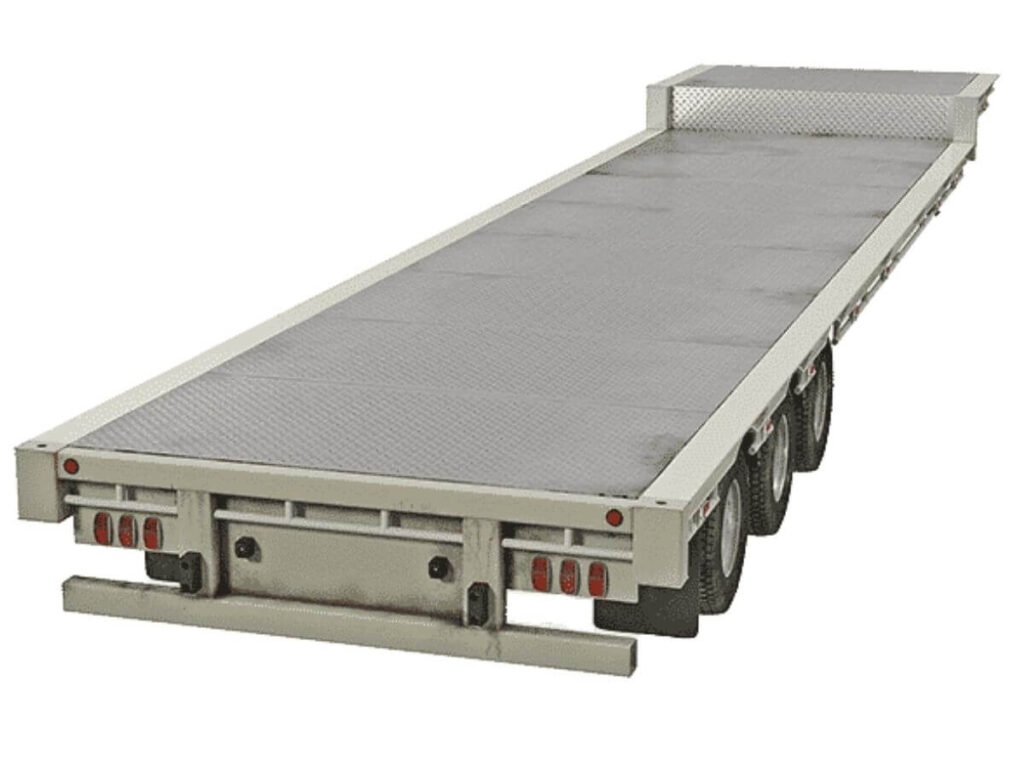
- Dry Van Trailer: Enclosed and weather-protected, great for boxed or palletized goods.
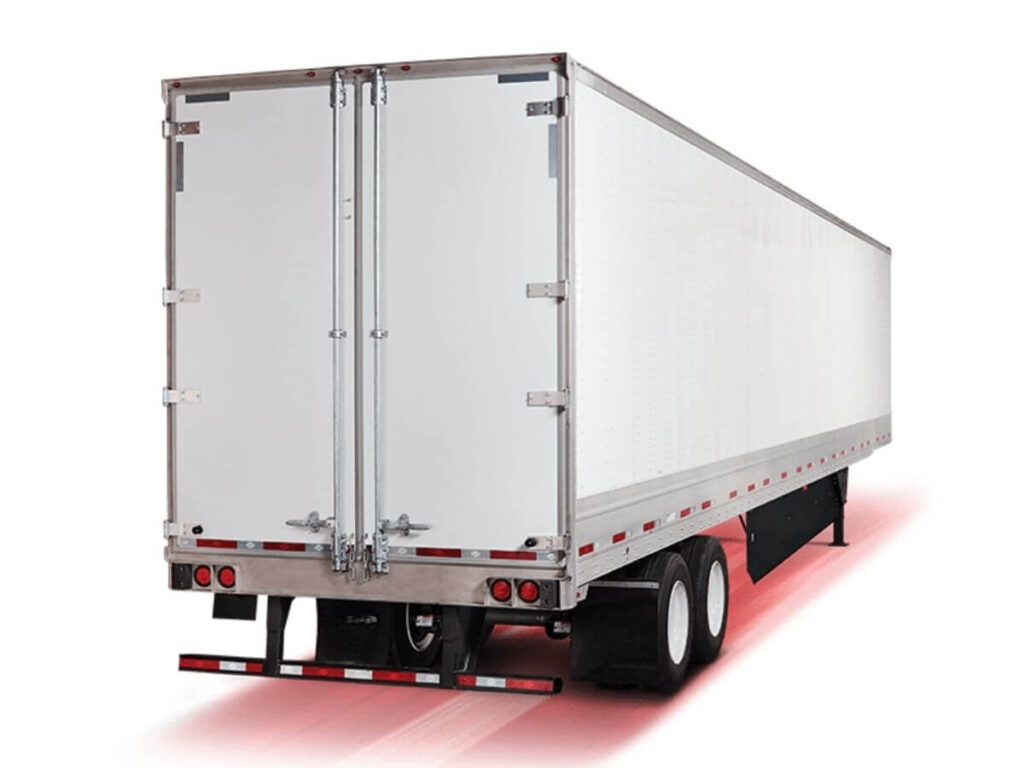
- Reefer Trailer: Temperature-controlled for perishable goods.
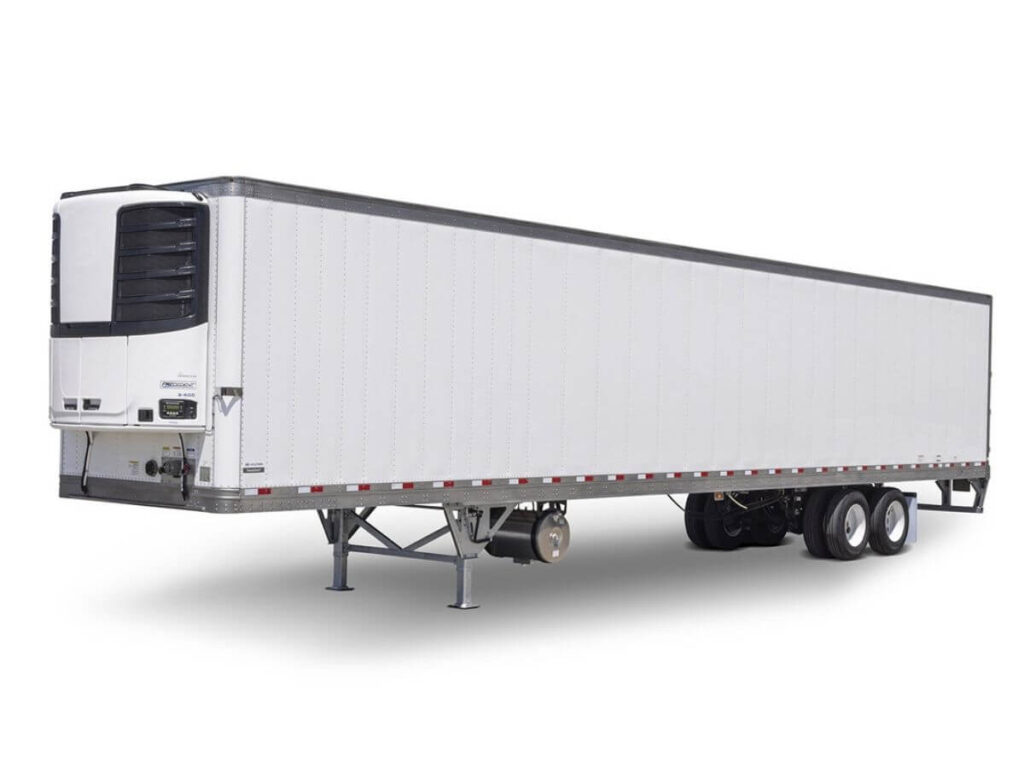
- Lowboy Trailer: Sits lower to the ground, useful for heavy equipment or tall cargo.
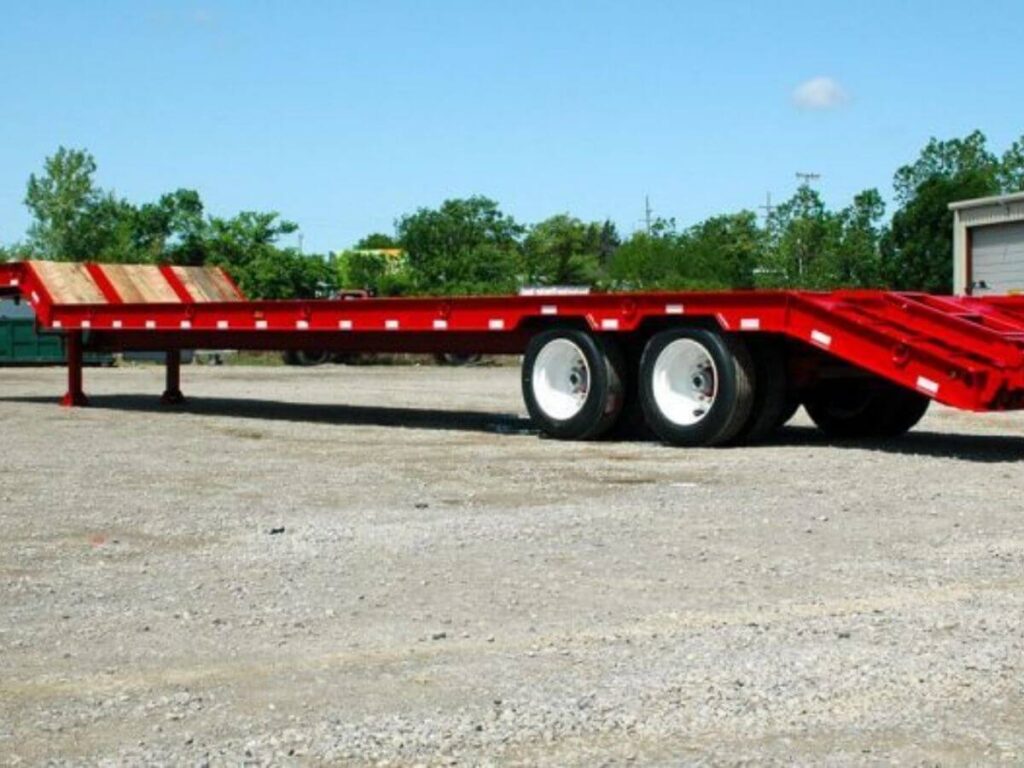
Businesses use trailers when flexibility in loading and unloading is needed or when the cargo requires a specific type of handling. Because trailers are meant for road transport, they offer excellent last-mile delivery capabilities.
2. What Is a Container?
A container is a large, standardized metal box used primarily for intermodal freight transport—meaning it can move from ship to train to truck without unloading the contents. Unlike trailers, containers don’t have wheels and require specialized equipment to be moved.
Types of containers:
- Standard Dry Container (20ft or 40ft): For general cargo.
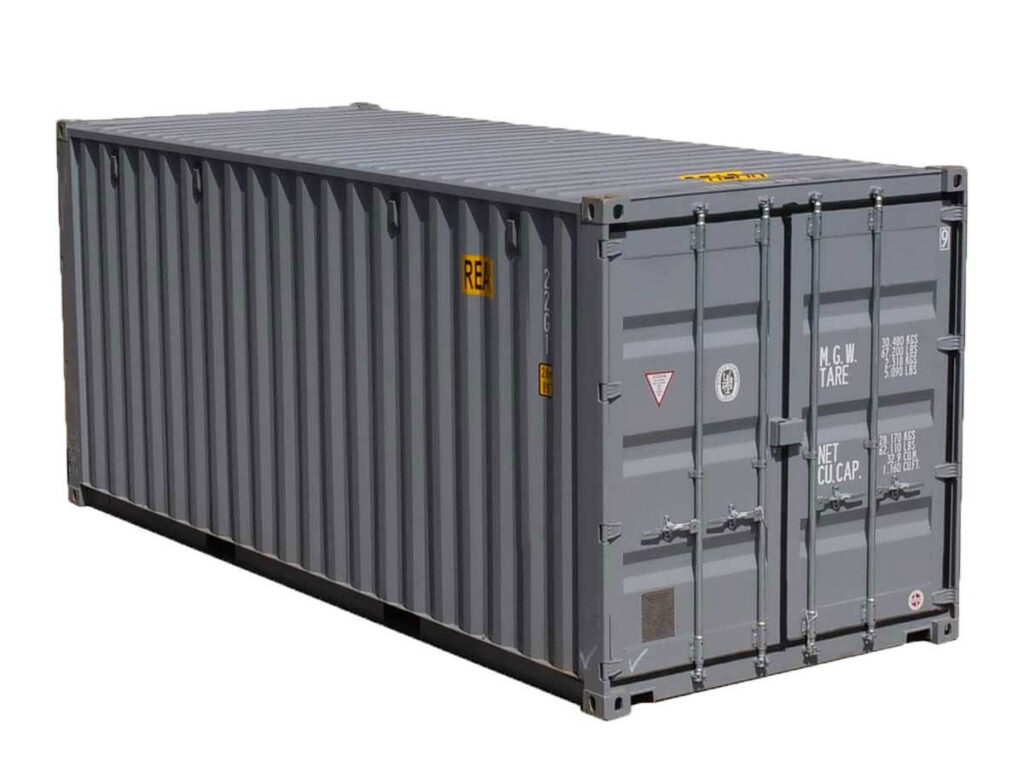
- High Cube Container: Offers extra height for bulkier cargo.
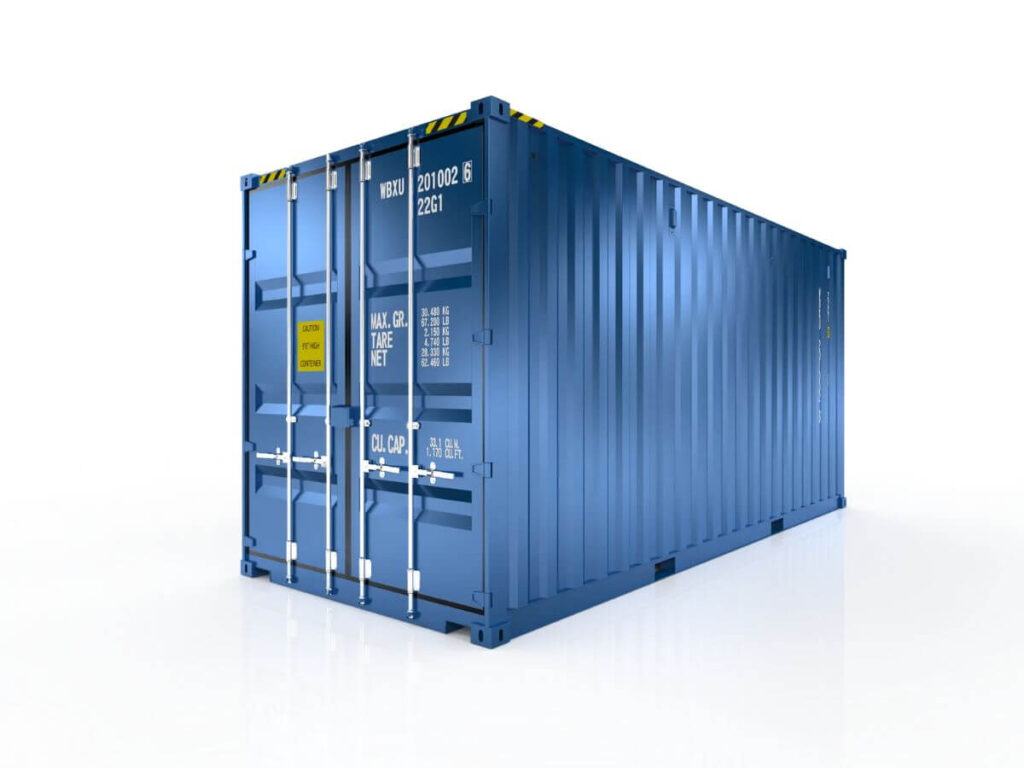
- Open Top Container: For cargo that can’t be easily loaded through doors.
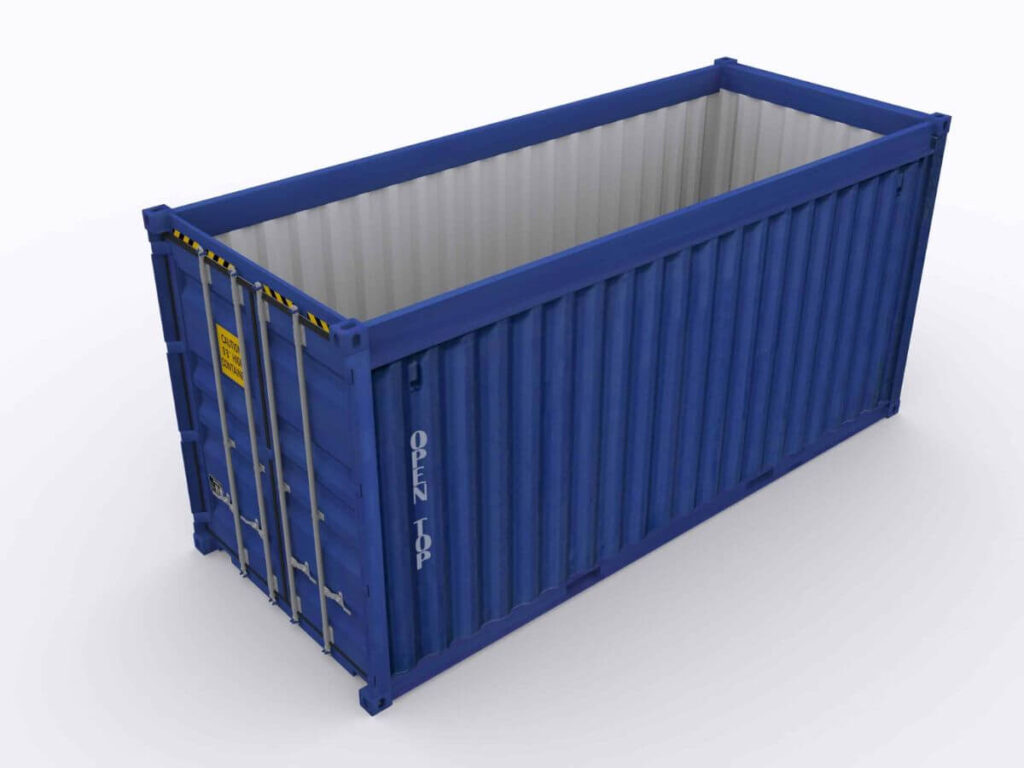
- Reefer Container: Like reefer trailers but for long-haul or overseas shipping.
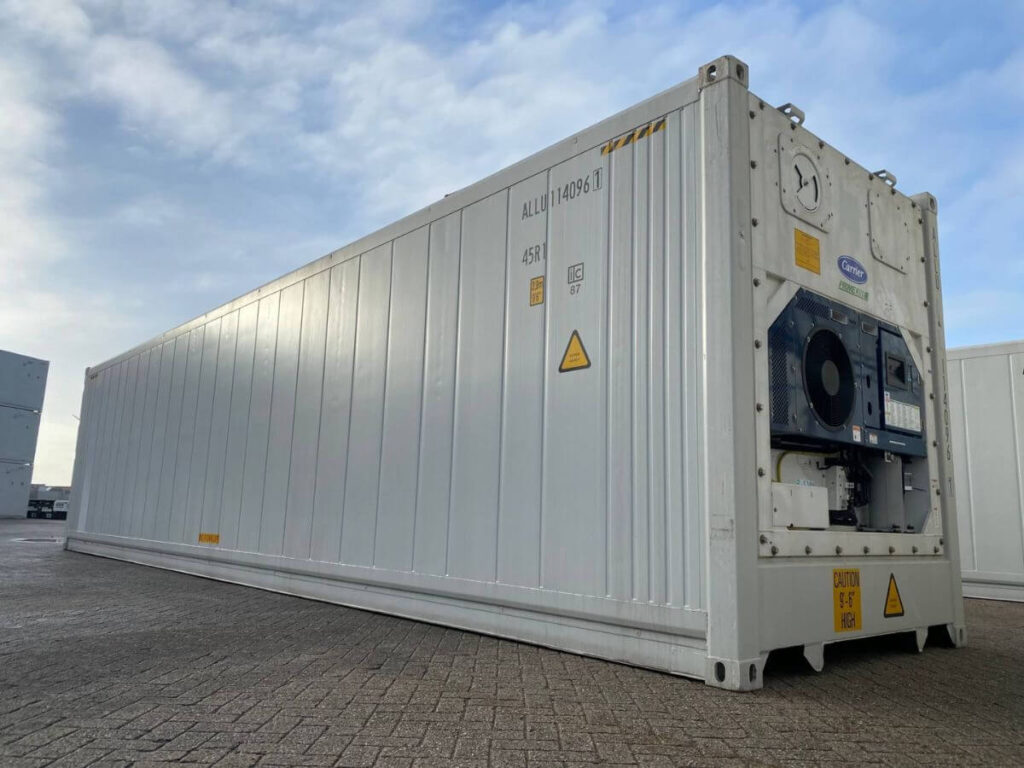
Containers shine when it comes to international shipping, sea freight, and storage applications. They’re stackable, durable, and standardized—making them easy to handle in ports and depots.
3. Structural Differences
At first glance, trailers and containers might look similar. After all, both are used to move cargo from one point to another. But dig a little deeper, and the engineering tells a different story. The way they’re built reflects how they’re used, and choosing the wrong one for your application can lead to all sorts of issues, from safety problems to unnecessary delays.
Trailers:
- Built With Frames, Axles, Wheels, and Sometimes Suspension: These allow trailers to handle long-distance hauling, variable terrain, and different loading dock heights with minimal wear.
- May Have Open Decks or Enclosed Walls: This flexibility lets you choose based on cargo protection needs, size, and how you want to load it.
- Often Reinforced to Handle Heavy-Duty Road Conditions: Reinforced frames are key when carrying machinery or materials across rugged roads and long routes.
Containers:
- Made from Corrugated Steel or Aluminum: These materials are chosen for their durability, weather resistance, and ability to safeguard against theft.
- No Wheels or Suspension; Just a Rigid, Sealed Box: Containers must be lifted and placed onto transport chassis or ground surfaces using heavy equipment.
- Uniform in Shape and Dimensions for Global Compatibility: Their standardized sizes make stacking and intermodal shipping seamless and efficient.
4. Loading, Handling, and Transport
Trailers and containers handle very differently when it comes to how cargo is loaded and transported. If your daily operations involve tight loading docks, job sites, or high-frequency moves, this section could help you avoid a similar headache.
Trailers:
- Easier Side and Rear Access: Trailers often come with swing doors, roll-up doors, or open decks that allow quick loading from multiple angles.
- Can Be Loaded With Forklifts, Cranes, or Ramps: Their design works well with common equipment found at most distribution hubs or job sites.
- Can Be Moved Around Site Locations With Ease: Since they’re attached to a truck or tractor, repositioning them is quick and doesn’t require lifting equipment.
Containers:
- Need Cranes or Reach Stackers to Be Moved or Loaded: This adds complexity and cost, especially in areas without that equipment readily available.
- Often Fixed in Place During Loading: Once set down, they’re not easy to reposition until lifted again.
- Great for Automated or Centralized Operations: In ports or large-scale facilities, containers shine because they fit into well-established, automated handling systems.
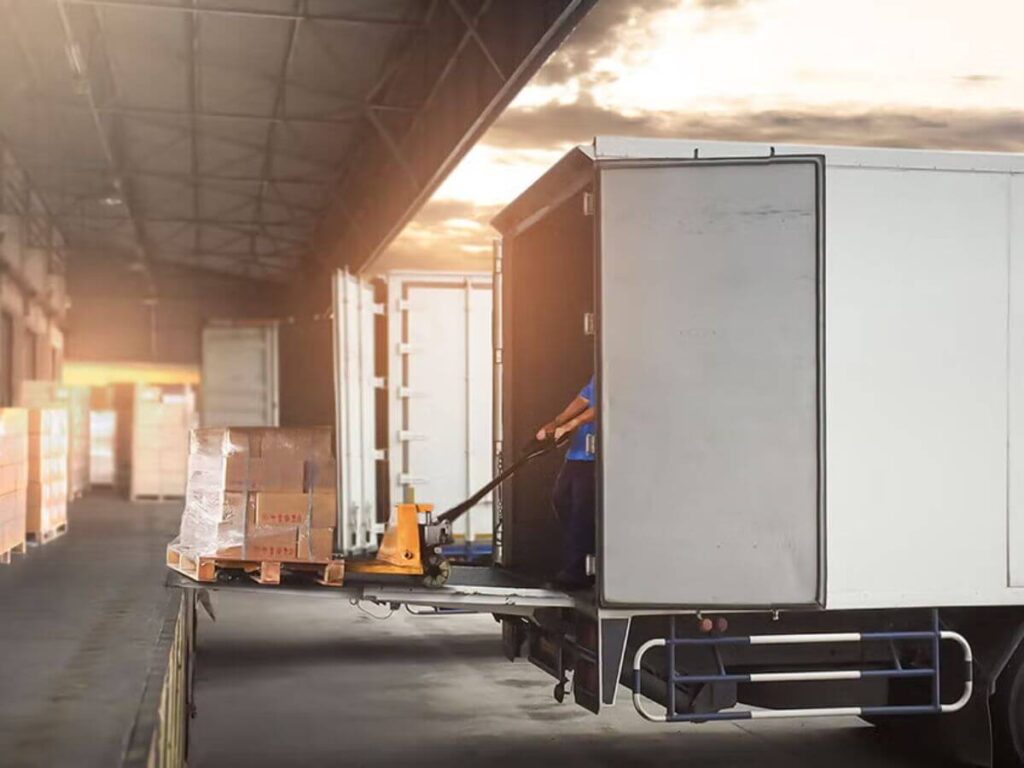
5. Storage and Stackability
Containers and trailers serve very different roles when it comes to storage. One is made for stacking, locking, and long-term protection; the other is built for mobility and short-term convenience. Knowing which suits your setup can help you make better use of your space and equipment.
Containers:
- Designed to Be Stacked Several Units High: Their steel frame and uniform shape make vertical storage safe and efficient.
- Weather-Sealed and Lockable: This keeps contents secure and protected from rain, dust, and unwanted access.
- Suitable for Long-Term, Outdoor Storage: You can place them in a yard or on a job site without needing additional cover.
Trailers:
- Not Designed to Be Stacked: Their structure and wheels make them unstable and unsafe for vertical storage.
- Can Serve as Temporary Storage on Wheels: This is helpful if you need to reposition goods frequently or load/unload on the move.
- Require More Space and Aren’t Ideal for Long-Term Stationary Use: They take up more square footage and may need permits or maintenance even while idle.
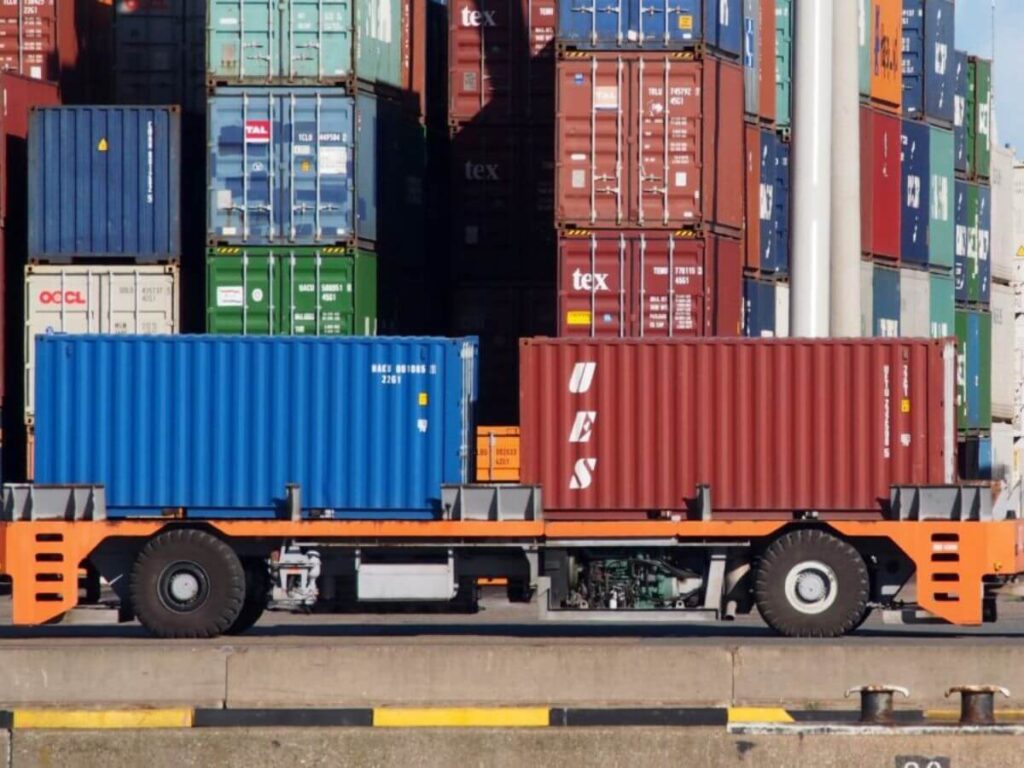
6. Cost and Ownership
I’ve seen cost planning make or break logistics decisions—especially when businesses overlook the true ownership costs of trailers versus containers. It’s not just about the sticker price. You also need to factor in long-term maintenance, usage frequency, and how often the asset will be on the move or sitting idle. Making the right call here means balancing function and finances.
Trailers:
- Higher Upfront Cost: Purchasing a trailer typically requires a larger initial investment due to its mechanical components and road-ready design.
- Requires Regular Maintenance (Tires, Brakes, Lights): Keeping trailers in compliance with road laws means ongoing inspections, repairs, and part replacements.
- Can Be Used and Reused Daily—Generating ROI Through Regular Operations: If you’re running frequent shipments, trailers pay for themselves quickly through active use.
Containers:
- Lower Cost Per Unit: Containers are more affordable to buy or lease, especially when used for storage or occasional long-haul shipping.
- Minimal Maintenance Needed: With no moving parts, they only require basic care to stay functional and secure.
- Better Suited for Long-Term Storage or Low-Frequency Moves: They’re ideal if your operation involves sporadic transport or primarily needs extra storage.

7. Flexibility and Modifications
Customization can make a big difference depending on how you use your equipment. I’ve seen containers transformed into pop-up retail shops and trailers fitted with specialized ramps and liftgates. The more you know about what’s possible, the more value you can get from your investment.
Containers:
- Easily Modified Into Offices, Kiosks, or Storage Units: The rigid structure and flat surfaces make it easy to cut, reinforce, and adapt them to different uses.
- Standard Sizes Make It Easier to Design Add-Ons: HVAC systems, insulation, and shelving can be pre-planned and installed efficiently.
- Widely Available Customization Services: Because containers are so commonly reused, many companies specialize in container retrofitting.
Trailers:
- Customizable, but More Complex and Costly: Since trailers are road-going assets, modifications must meet transport regulations and safety standards.
- Modifications May Affect Roadworthiness and Compliance: Any changes to structure, height, or balance must be carefully reviewed.
- Better Suited for Operational Upgrades (Liftgates, Tarps, Ramps): Most trailer upgrades are performance-focused rather than structural overhauls.
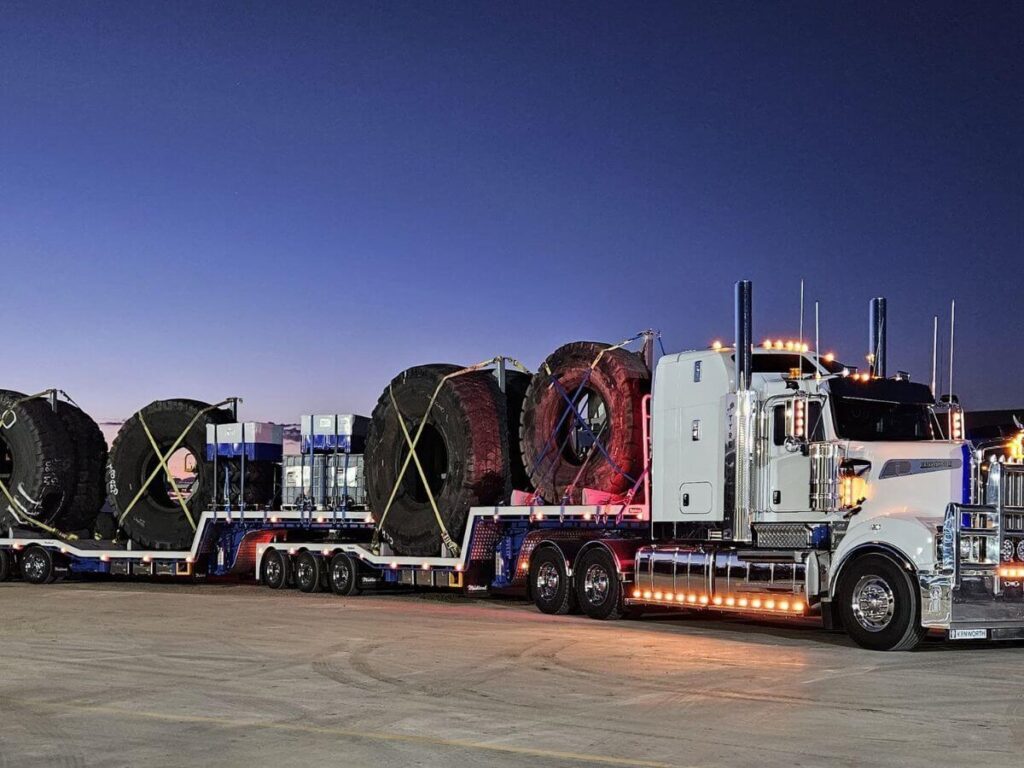
8. Factors to Consider Before Choosing
Making the right choice between a trailer and a container comes down to a few key questions. These aren’t just about the cargo—they also reflect how your business operates, what tools you have, and what kind of returns you’re aiming for. Here’s how to break it down so you can make a confident decision.
What’s the Cargo?
Think about size, weight, and sensitivity. If you’re moving oversized machinery, a flatbed trailer offers better access and capacity. For perishables or temperature-sensitive goods, a reefer container or reefer trailer is the better route. Choosing the right format ensures your goods arrive safely and in compliance with any shipping standards.
How Often Will It Move?
If the load is moving daily or multiple times per week, a trailer gives you better turnaround and mobility. On the other hand, containers are ideal for long-term or infrequent moves, especially if they need to sit in storage between legs. Evaluate your usage frequency so you’re not overinvesting in idle equipment. The more you move, the more a trailer pays for itself.
Where Will It Be Used?
Consider your environment—will this be out in a field, in a port, or on a tight warehouse lot? Containers work well in static, remote, or stacked setups where movement is minimal. Trailers thrive in fast-moving hubs, terminals, and delivery routes where flexibility is key. Matching the equipment to the environment avoids extra handling or downtime.
What’s Your Budget and Expected ROI?
Trailers cost more upfront and need regular maintenance, but they can be reused frequently and adapted to many uses. Containers are cheaper to acquire and maintain, especially if your needs are storage-heavy or tied to infrequent international shipping. Think about your cash flow and long-term plans before making a commitment. ROI depends on how actively you plan to use the asset.
Conclusion
We started with a story, and now we’ve come full circle.
That costly mix-up? It was a trailer that could’ve saved us.
Now it’s your turn to choose wisely. Use this article as your guide. From structure to flexibility, everything you need is here.
The right equipment is the difference between delays and momentum.
Contact us today and let’s get you rolling with the right semi-trailer setup for your business.


